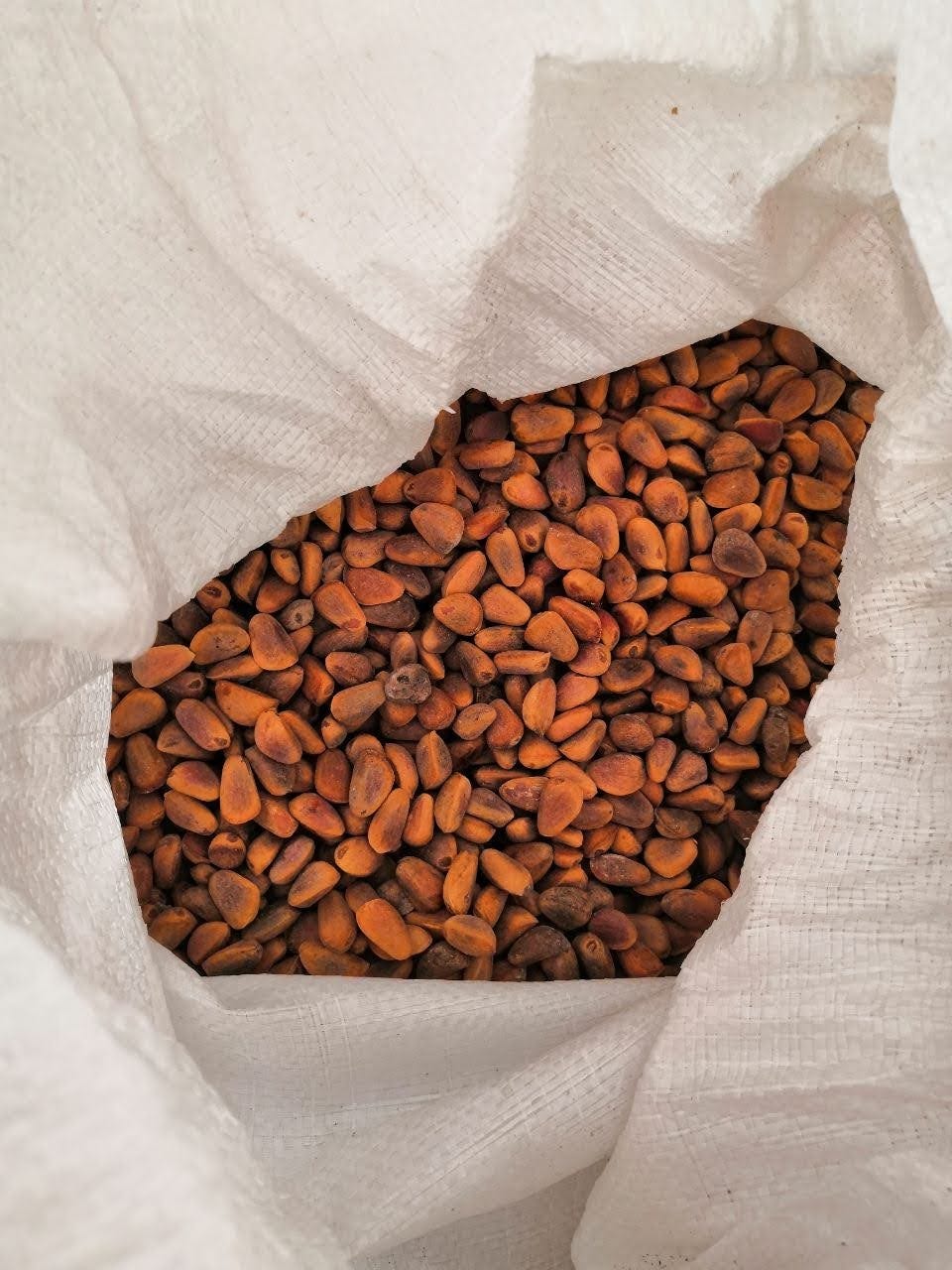It is well known that blockchain technology poses at least one clear danger to humanity — environmental damage. The University of Cambridge estimates that due to its Proof-of-Work (PoW) consensus algorithm, the Bitcoin network alone consumes more electricity annually than a country like Argentina.
Ensuring that modern blockchain platforms are environmentally safe is one of the main priorities in planning activities. This is achieved through many technological advantages and by offsetting the damage caused through various environmental initiatives. Here’s how the Everscale community takes care of it:
Firstly, Everscale uses the Proof-of-Stake (PoS) consensus protocol. Using PoS instead of resource-intensive mining reduces the environmental burden. No farms — the only damage that the blockchain causes comes from operating nodes and validator machines. At the same time, the blockchain architecture ensures that with a number of validators similar to other similar blockchains, Everscale produces many times more transactions.
This reduces the amount of electricity per transaction. To put this in perspective, Ethereum consumes more than 770 million Joules per transaction, and Bitcoin consumes more than 7 billion Joules per transaction. The Solana blockchain, which is close to Everscale in terms of speed, consumes 1,939 Joules per transaction.
Depending on the hardware configuration, one Everscale validator node consumes an average of about 400 Watt hours of electricity, which at 50,000 transactions per day gives a consumption level of just 720 Joules per transaction! At a record blockchain load similar to the one achieved at the Rust Cup validator contest, the platform’s electricity consumption would certainly be higher, but even then, Everscale would be limited to consuming about 40 million Joules per transaction — almost 20 times less than Ethereum at the moment.
Therefore, secondly, because of its technological advantages and unique architecture, the Everscale blockchain demonstrates a greater level of environmental safety than similar platforms. And third of all, the community has an active policy of offsetting the damage caused. This is the goal of the Treetonium environmental initiative — formerly Tree TON — which was launched back in October 2020.
In 2021, participants of the initiative bought an 8-hectare land plot and organized a nursery for 1 million cedar seedlings. After growing 300,000 to 600,000 seedlings, activists planted about 10,000 of them. About 500 volunteers and donors took part in the initiative, which, in addition to planting trees, held six festival-type events attended by about 100,000 people.
Land plot, bought by Treetonium volunteers

Half a million cedar seeds in the warehouse of Treetonium activist Pavel Rozanov


One of the volunteer camps and the growing saplings of Project Treetonium

The initiative also launched the NFT charity project #nfstamp, which involved more than 50 artists whose work was auctioned on grandbazar.io. In February 2022, the NFT “Peach” by Russian artist Diana Fuchs, listed for sale as part of the Treetonium project, increased in price to $2,000 or 8,800 EVER and found its buyer.

To support the initiative, the Treetonium fund DePool was created in the community. According to the DePool’s terms, all participants who place funds in it receive 95% of the staking reward and at the same time help to plant trees as 50% of the validator reward is transferred to the fund’s account.



